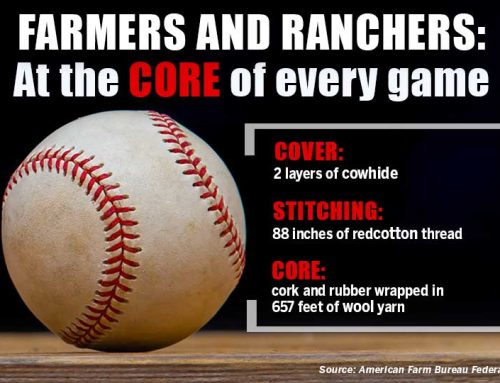By Jennifer Dorsett
I recently picked up some coconut-flavored yogurt, only to get home and realize it was a container of fermented coconut juice.
I was confused. Non-dairy “yogurt.” Almond milk. Coconut milk. Soy milk. Cashew cheese. Frozen desserts meant to imitate ice cream. All labeled just like dairy and placed right next to the real thing.
I meant to buy yogurt made from fresh milk and live active cultures, because I know it has well-researched health benefits.
That’s the basis for better dairy labeling.
Dairy farmers have long been dismayed in the U.S. Food and Drug Administration’s (FDA) lax enforcement of labeling laws.
The explosion of non-dairy substitutes has renewed interest in the issue. Nutritionists, physicians and farm organizations worry consumers are buying these imitation products without fully understanding their nutritional values.
Dairy farmers contribute to checkoff programs promoting dairy’s health benefits. And it’s not fair for non-dairy products to piggyback off these efforts, because manufacturers benefit from dairy’s good name. Even if it’s not the same thing.
There is a place for dairy substitutes in the grocery store. Some people have dairy allergies and cannot enjoy products like yogurt, ice cream and cheese.
Some consumers prefer substitutes. But they, and all consumers, deserve fair labeling practices properly identifying these products. Clear labeling will benefit everyone.
Until then, you’ll find me carefully reviewing the labels in the dairy aisle. Sorry if I’m slow, but I just want to make sure I don’t buy that coconut stuff again.











Leave A Comment